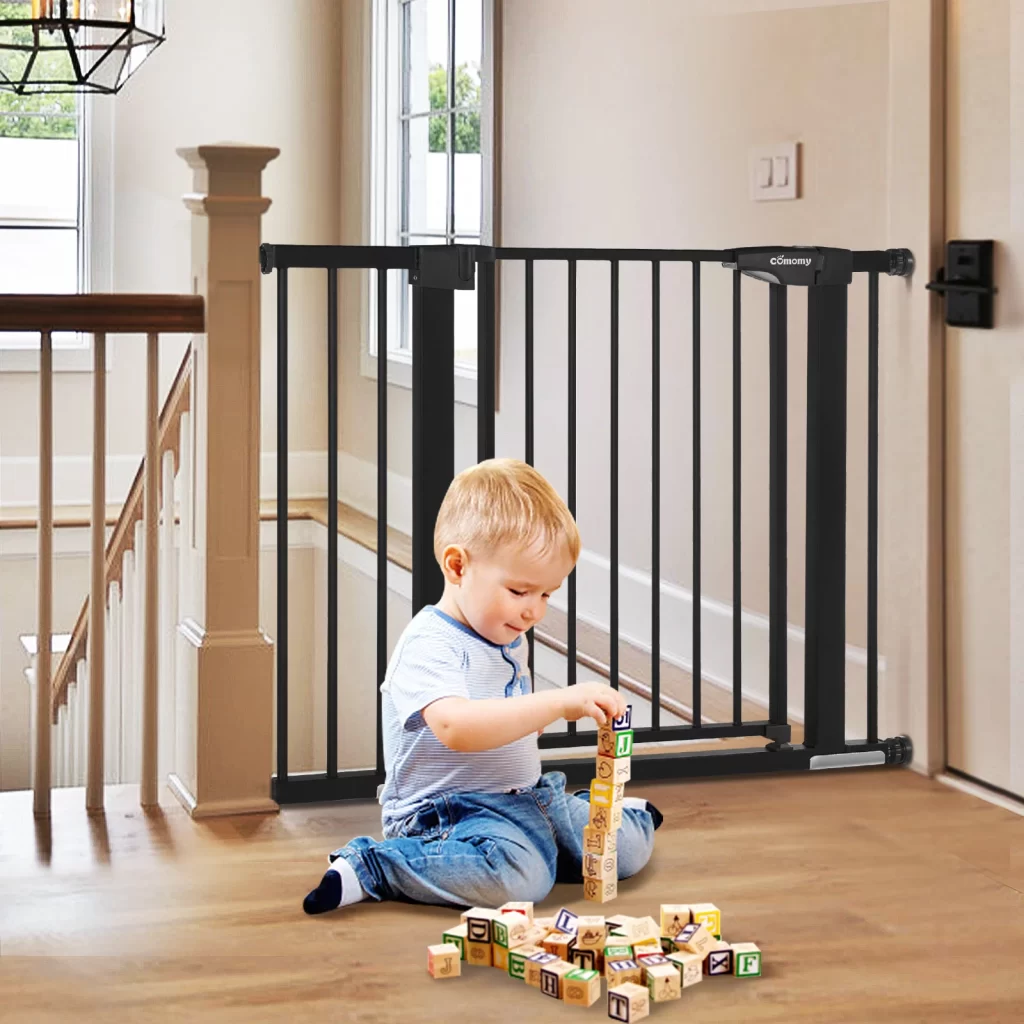Create a Fun and Safe Learning Environment with Colorful Baby Stairs
In creating a fun and safe learning environment for children, one element that can greatly contribute is the use of colorful baby stairs. These vibrant and engaging stairs not only provide a means for children to climb and explore their surroundings but also offer a host of educational benefits. The use of colors on baby stairs can stimulate a child’s visual senses and enhance their cognitive development. Each step can be painted in different hues, introducing children to a variety of colors and helping them recognize and distinguish between them. By incorporating primary and secondary colors, the stairs become a tool for teaching color mixing and combinations. Children can learn about primary colors like red, blue and yellow and experiment with mixing them to create secondary colors like purple, green and orange. This hands-on experience allows them to grasp the concept of color theory in a fun and interactive manner.

Furthermore, the baby stairs can be adorned with numbers and letters. Each step can feature a different number or letter, enabling children to practice counting and recognizing the alphabet as they ascend or descend the stairs. By incorporating a variety of activities into their play, children develop their numeracy and literacy skills naturally and effortlessly. Additionally, the stairs can be designed with tactile elements such as textured surfaces or sensory materials, providing a multi-sensory experience that stimulates their sense of touch and further enhances their learning. Safety is of paramount importance when designing a learning environment and baby stairs can be created with this in mind. The stairs can be made of soft and cushioned materials to prevent injuries in case of falls or accidents. Non-slip surfaces can be added to ensure stability and prevent children from slipping while climbing. Additionally, the stairs can be designed with rounded edges and sturdy construction to minimize the risk of any potential hazards.
To encourage social interaction and cooperative play, the baby cua chan cau thang can be designed with multiple steps, allowing children to climb together and engage in activities as a group. They can take turns, help each other and develop important social skills such as communication, teamwork and sharing. This collaborative aspect fosters a positive and inclusive learning environment where children can learn from and support one another. In conclusion, incorporating colorful baby stairs into a learning environment can create a fun and safe space for children to explore, learn and grow. The vibrant colors, numbers and letters on the stairs enhance their cognitive development, while the tactile elements and safety features ensure their well-being. By promoting interactive play and social interaction, these stairs become not only a means of physical activity but also a valuable tool for educational growth.
